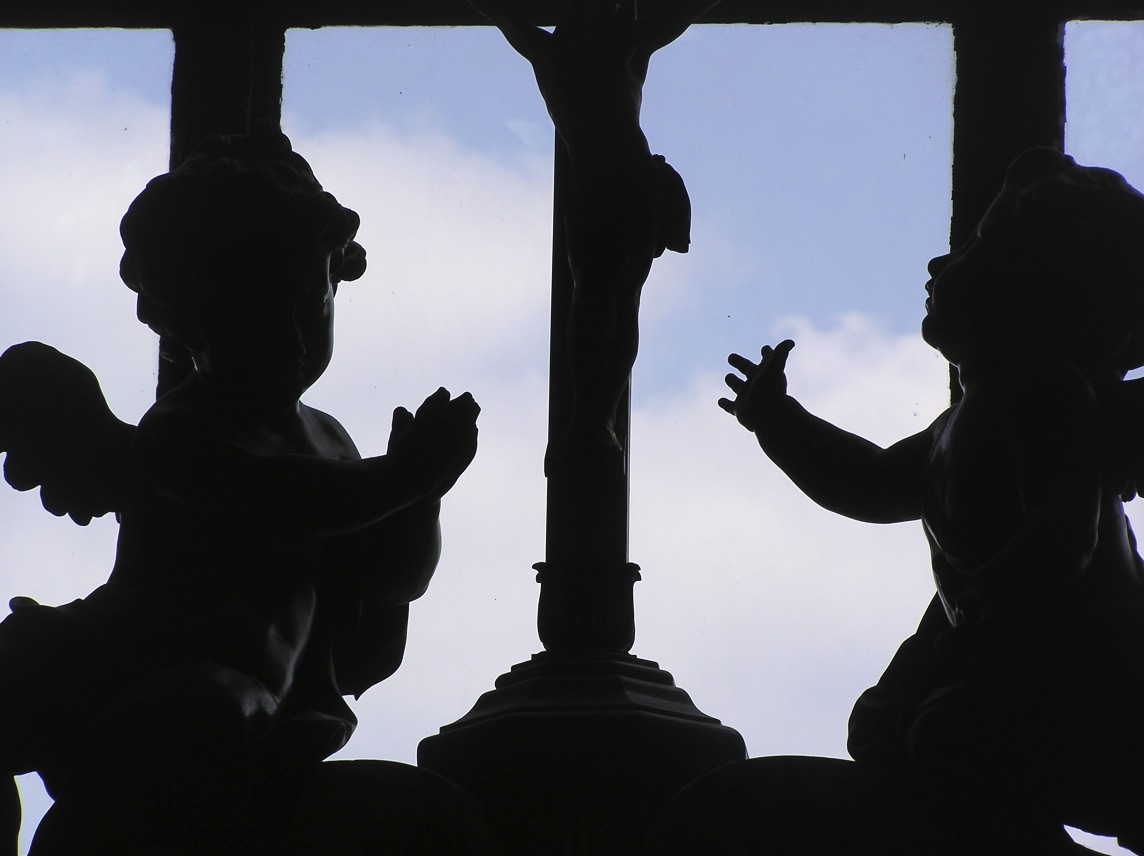
Healing Elements
In this case study by Louis Breger, Yael describes the elements which in her opinion allowed her to get better and create change. One of the components which contributed to the success is intentionality. Yael states that intentionality in the relationship with her therapist was expressed in his vital presence. He possessed an urgency which validated her. And she wrote: “I always thought that my intensity was off-putting to others, but to you I did not seem too intense”. She adds that actually in terms of the therapist’s presence: “you did not miss a thing about my life story and you gave me the stamp of approval that I am not a bad person and that I am someone who is worthy of a normal life. And you said this in a straightforward manner without distortion – something that no other therapist would do in a million years…” When I read it, again I feel that in the therapist’s room were fragments of love.
Love and Hate in clinical Intersubjective relationships
In my opinion, Yael felt that her therapist not only appreciated her as a human being and as a woman, but also loved her. And with this affection he was able to neutralize both the sexuality and negative intimacy that could have put their relationship in danger of mistreatment. That can lead the therapy to an experience of emotional and sexual abuse. But what they had here was love in the sense of empathy, caring and encouraging structural changes of the interpersonal.
According to Mitchell (2000), the classic model placed love and hate outside of the analytic relationship and this is a fear we can all comprehend. The possibility of this relationship drifting towards improper, destructive–and unethical–relations is always present and can eventually lead to role-reversal where the patient becomes the therapist, the friend, or the partner.
The love and hate that the therapist feels, Mitchell states, are unavoidable in transference, as patients do things that bring up both love and hate. The analyst therefore must develop a deep emotional connection to his work, regardless of his level of maturity or the degree of stability in his personal life. Love and hate are a central theme in the analytic relationship and they do not just pop up in the way they do in other interpersonal relationships. As Mitchell says, they become augmented in the confines of the relationship and over a period of time. I will add to this and say that this occurs also when the patient has a history of emotional intensity of both love and hate.
Yael continues and specifically mentions the attunement she felt that was manifest in listening and empathy, in mirroring and interpretation through which she was able to receive acknowledgement of the suffering she had gone through in a family that had secrecy and denial. I would add that Louis Breger had an intuitive understanding, and not just clinical wisdom. Yael required, what Winnicott (1996) called: “a good mirror, good maintenance and a good face”. Kohot (2007, p.130-131) wrote of “the narcissistic imago idealistic self” the loving face of a mother, reflecting the face of her baby and emphasized the need for an ideal image leading to imitation and inspiration in order to rebuild virtuous internal objects. Through the therapy, Yael’s internal dialogue within herself becomes less critical-threatening (the critical and guilty attacks in herself). She could modulate her impulse and be more forgiving.
Louis Breger was able to create an experience of healing for Yael’s relationship with her internalized mother, and for Yael’s demons that later turned into obsessive thoughts. He allowed for a relationship that has love and resistance individuation -separation, and above all faith. He believes her and believes in the power of change and recovery that she had–paired with a space that allows for fears, self-doubt, criticism and anxiety. All of this has a space in the room and these forces swapped themselves from destructive to creative powers.






